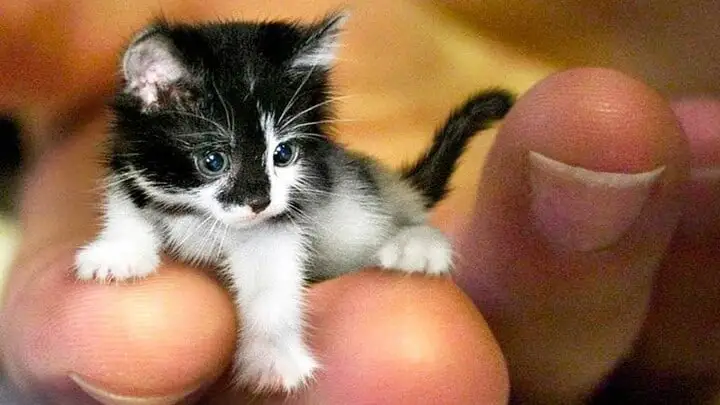Brookesia Micra
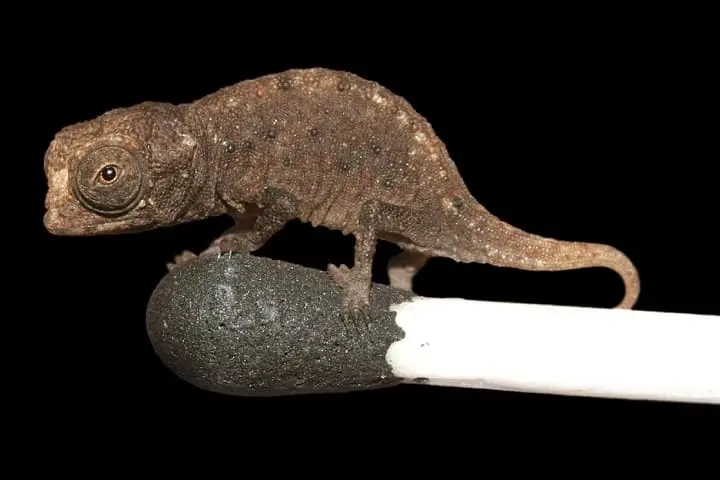
Brookesia Micra, often known as leaf chameleons, are among the tiniest reptiles. These small critters are found only on Madagascar’s island, and they are one of the world’s most endangered species. Brookesia Micra is vividly coloured with patterns that help them blend in with their surroundings, and they grow to be slightly over an inch long on average. Brookesia Micra is an excellent hunter despite their small size. They catch insects and other small things with their long tongues. Brookesia Micra, according to scientists, developed to be small to survive in its hostile habitat. Because of its small size, the chameleon can hide from predators and locate food more easily than larger creatures.
Bee Hummingbird
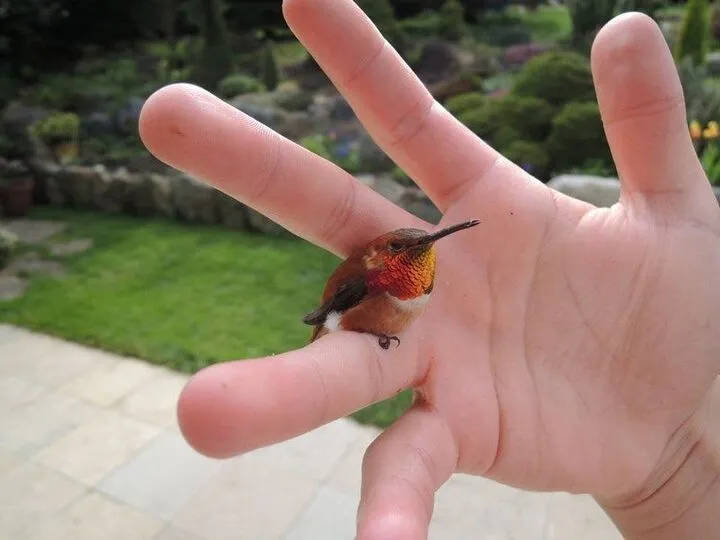
Are you eager to know which is the smallest bird on the planet? So for that go and visit the Cuba there you will find the Bee Hummingbird which is the smallest bird. It is only found in the dense forest of Cuba. It’s only two and a quarter inches in length. Hummingbirds are frequently misidentified as bees. They’re about the size of a dime and weigh less than two grams. That’s half the weight of our backyard hummers, such as the Ruby-throated and Rufous hummers. The female constructs a nest that is hardly an inch across. The size of her eggs is comparable to a coffee bean. The Bee Hummingbird’s small wings beat 80 times per second while in flight.
Pygmy Rabbit
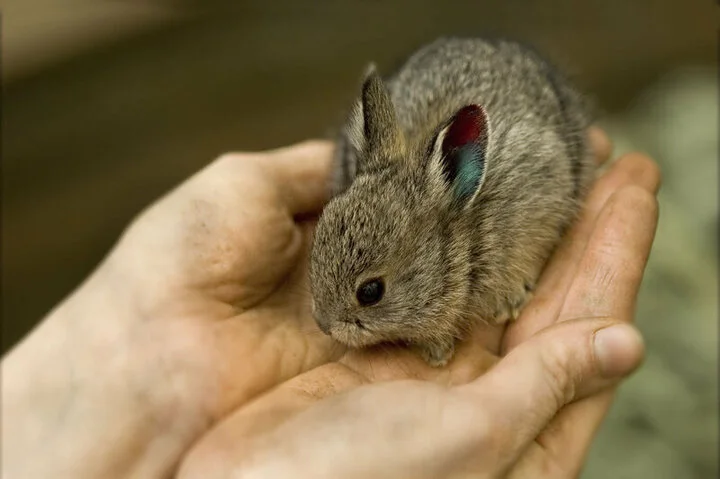
The pygmy rabbit is the world’s tiniest bunny. It’s also the only burrowing rabbit found in North America. Small stature, short ears, grey hue, small hind legs, and lack of fuzzy white fur distinguish it from other rabbits and hares. Female Pygmy rabbits are slightly large than males. This little lagomorph grows to around 11.6 inches in length, which is about 2/3 the size of the most common rabbit in North America. The tail of a pygmy rabbit is only 0.6 to 0.9 in. (15 to 24 mm) long! The pygmy rabbit is active at all hours of the day and night, but it is most active at dawn and twilight.
Baluchistan Pygmy Jerboa
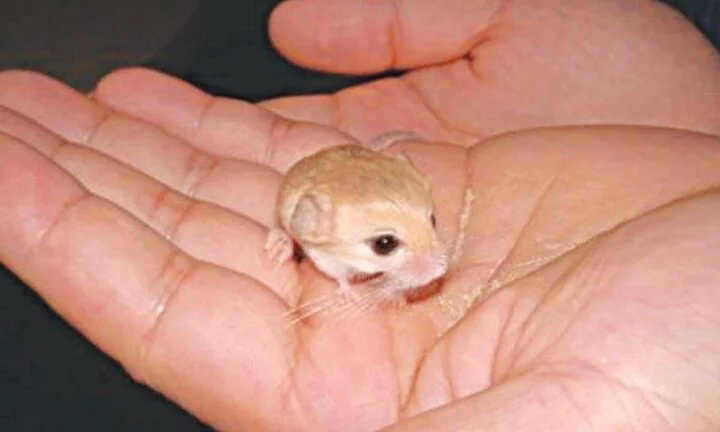
The Pygmy jerboa is the world’s tiniest rodent. It is also known as dwarf three-toed jerboa. Only Baluchistan is home to the Pygmy Jerboa (present Pakistan). Dunes and plains in hot deserts are the habitats. The Pygmy Jerboa is both the smallest and the cutest rodent globally. The Pygmy jerboa can grow to be 2 inches long and weigh between one and two ounces. The tail is significantly longer than the body (up to 6 inches). Jerboas are jumping desert rodents who balance themselves by using their tail. Pygmy Jerboa’s head resembles a mouse with huge eyes and whiskers. Their ears are quite small.
Kitti’s hog-nosed bat
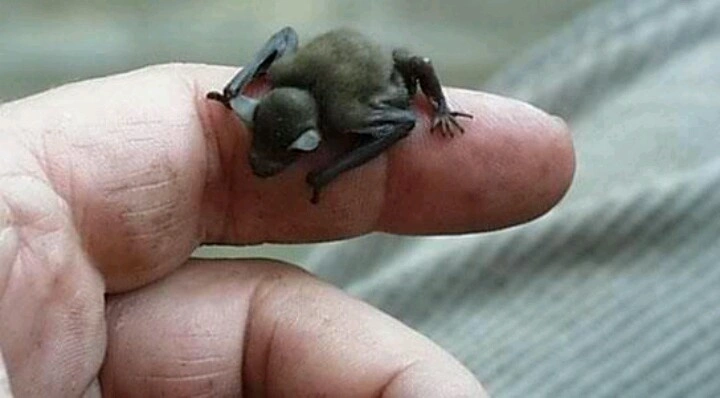
The Kitti’s hog-nosed bat, sometimes known as the bumblebee bat because of its small size, was found in the 1970s and is the world’s tiniest mammal. They can be found in limestone caverns along rivers in western Thailand and southeast Burma. The bat is 29 to 33 mm long and weighs about 2 g. It has a characteristic pig-like snout and a reddish-brown or grey coat. The size of the colonies varies widely, with an average of 100 people per cave.
Madame Berthe’s mouse lemur
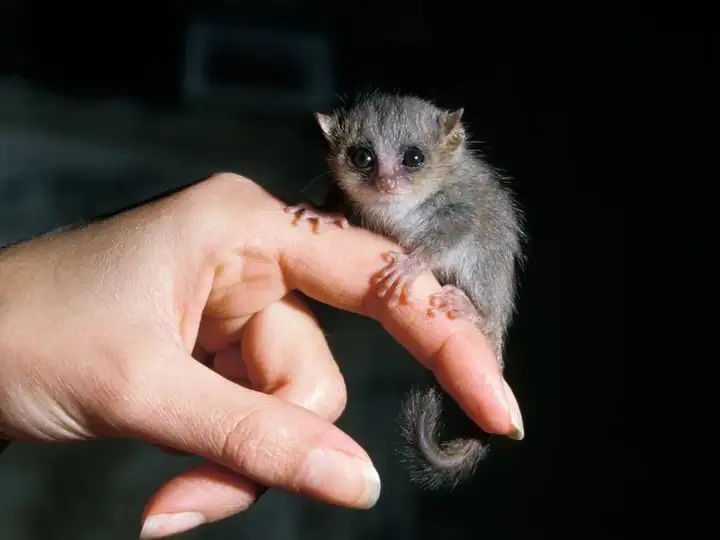
The smallest mouse lemurs and the world’s tiniest primate, the Madame Berthe’s mouse lemur (Microbes berth) or berth’s mouse lemur, has an average body length of 9.2 cm (3.6 inches) and a seasoned weight of close to 30 grams. They can only be found on the island of Madagascar. Madame Berthe’s mouse lemur has bivalent cinnamon and yellow ocher dorsal plates that are small and thick. It lives in the woods and is most active at night when it scrambles nimbly among the branches searching for insects, spiders, frogs, and other tiny animals. Due to their small size, they are also vulnerable to predators.
Etruscan Shrew
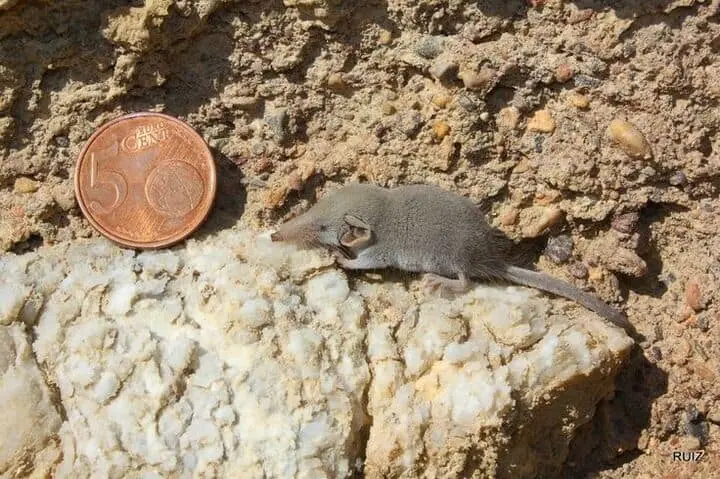
By mass, the Etruscan shrew is the tiniest mammal ever discovered. On average, it weighs roughly 1.8 grams (0.063 ounces). The Etruscan shrew is known for its quick movements and high metabolism, devouring 1.5-2 times its body weight every day. These little animals have a relatively large head with a long, movable beak, and their rear limbs are short. From Europe and North Africa to Malaysia, Etruscan shrews can be found. They can also be found on the Maltese Islands, located in the Mediterranean Sea. These little animals need warm, humid areas with plenty of plants to hide from predators.
Paedophryne amauensis
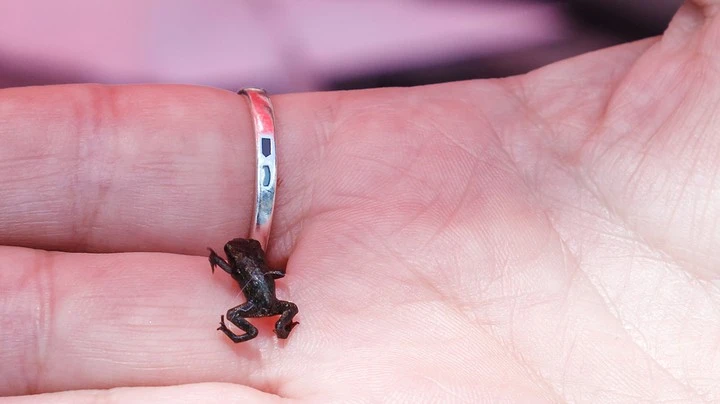
How little do you suppose the world’s tiniest vertebrate is? The Paedophryne amauensis is a frog species that has been named the world’s tiniest vertebrate. They were 0.30 in length on average (7.7 mm). A high-pitched sound is also produced by the species, similar to that of insects. These frogs are the tiniest vertebrates on the planet, with dark brown skin dotted with silver dots. The tiny small frog dwells in the forest floor’s leaf litter. Their lifestyle is unknown, but the moisture found within the leaf aids in keeping them hydrated. The little frogs prefer a warm environment because they are native to Papua New Guinea.
Pygmy Mouse lemur
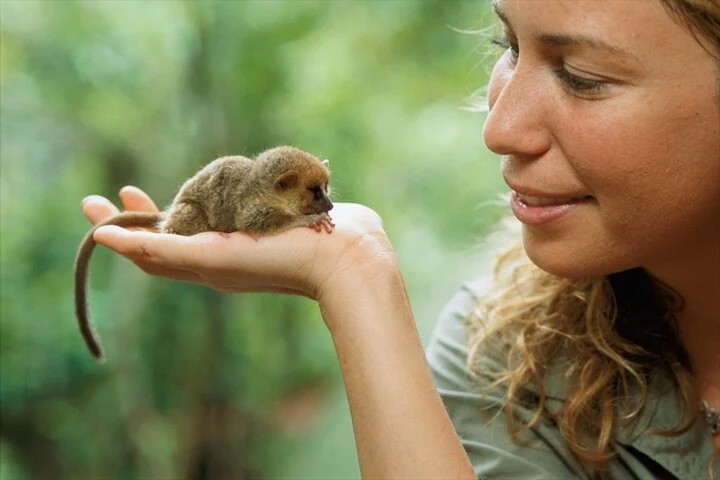
At about 4.7–5.1 inches long, including the tail, the pygmy mouse lemur is one of the tiniest primates. The species is nocturnal and is noted for sleeping out in the open during the day. It is only found in a small area of Kirindy Forest in western Madagascar. Its head and body are less than two and a half inches long, but its tail is slightly longer. Despite this hazardous activity, poachers who catch them for the pet trade threaten the pygmy mouse lemur. They are only 20-25 grams in weight.
Pygmy Marmoset
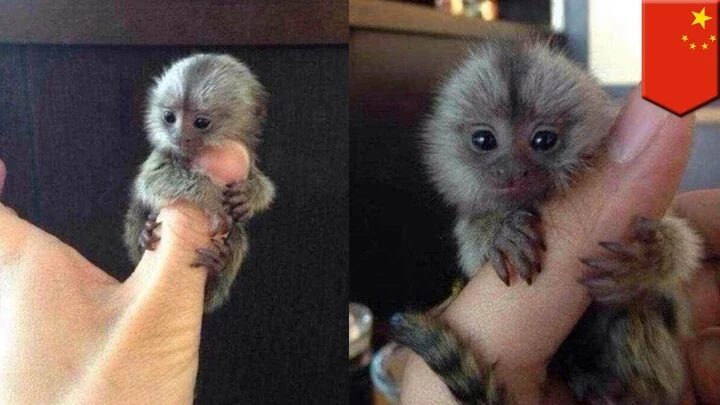
The cute Pygmy marmoset is the world’s tiniest monkey. As a result, an adult member of this species fits in the palm of an adult human’s hand and weighs the same as a stick of butter. They are as small as 12-15 cm and weigh around 110 gms. This species is only found in South America, where it thrives in the upper reaches of the rainforest canopy. This adorable ape has brown fur and a long, squirrel-like tail that extends beyond its torso. This animal’s habit of hiding beneath tree trunks and branches and freezing and bolting on occasion resembles that of a squirrel. The Pygmy marmoset, on the other hand, has a variety of distinguishing characteristics that set it apart from other species of its genus.
